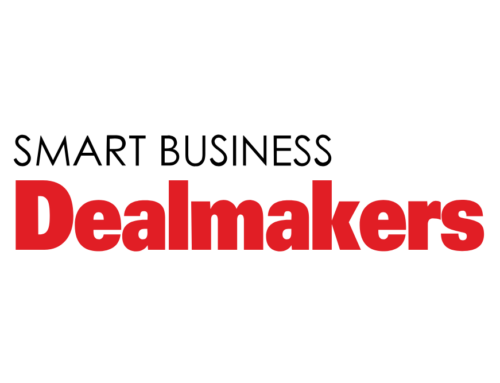According to a 2017 report by Chestnut Global Partners, an international provider of Employee Assistance Programs, less than 7 percent of employees in North America fully utilize the benefits offered by their employer. Underutilized benefits don’t just affect the employee. Many benefits are designed to help employees deal with stress, family conflicts, financial planning and general health – when employees ignore these resources, it can lead to time at work spent dealing with personal issues. Make sure your employees aren’t missing out on their benefits because of these five simple and avoidable reasons.
1. Your employees don’t know what benefits are available to them.
Companies design their benefits packages in order to attract the best talent available while keeping employees happy, loyal and productive. In some cases, those benefits are equal to more than 30 percent of the employee’s overall compensation. But employees can’t utilize their benefits if they don’t know what’s available to them. If you don’t educate your employees about their benefits options, not only are you wasting an opportunity to strengthen employee-employer relations, you’re also wasting money. Reach out to your employees by sending regular emails, posting informative bulletins and providing quarterly workshops that expose your team to benefits information and access points.
2. Your employees don’t understand how their benefits work.
Benefits packages vary from company to company and employees may not be aware of the subtle differences in enrollment requirements between their old program and their new one. They may not understand how to access their benefits or who to speak with in order to do so. The list of misunderstandings is infinite.
A recent study by the International Foundation of Employee Benefits found that 80 percent of employees do not open benefits information materials and of those who do, 49 percent don’t understand the information available to them. It was found that overly-lengthy and jargon-heavy emails were the most commonly ignored. The IFEB study found that the most effective communication strategies included personalized informational materials, benefits information directly related to the employee’s life stage, year-round contact with access to benefits representatives, materials provided in multiple languages and employee benefits information that engages spouses and family members.
3. The benefits aren’t easy for your employees to use.
Offering multiple and varying sign-on deadlines between benefits and multi-factor enrollment options cause confusion and are all deterrents to employee enrollment. While these inconveniences may be unavoidable, clear deadlines and offered assistance can help employees feel less stressed about making benefits decisions. Similarly, there may be stigma around utilizing certain benefits – such as mental health services – that can deter employees from signing up for them. It’s important to foster an environment that de-stigmatizes essential benefits by making them an accessible, confidential, secure and established part of the company’s culture.
4. Cost-sharing on benefits is stressing out your employees.
Most employees will sign up for benefits shortly after the onboarding process and rarely change or update plans throughout their entire course of employment. This is partly due to how confusing cost-sharing benefits can be. It’s easy to get overwhelmed by high deductibles and variations on health plan choices. In a recent study, employees were switched from a plan having no cost-sharing (no deductible), to one that required a high deductible (a standard cost-sharing structure). The company’s overall healthcare spending was dramatically reduced by 12-14%percent. But, this wasn’t a savings in the best sense of the word. When the employees were on a non cost-sharing program, they accessed medical care more frequently; when the plan was switched and high deductibles were introduced, employees were more stringent on how they spent their deductible funds, thus, reducing wellness visits and other important healthcare needs. Employees were more likely to alter their access to healthcare than to alter their benefits package.
5. You aren’t giving your employees the benefits they want
Staying on top of the benefits your workforce actually needs is crucial to keeping a well-functioning, productive company. Try to regularly distribute surveys asking employees what they would like to see more or less of and help your HR department tailor the company’s benefits plan to those requests. Show your investment in the needs of the workforce and you’ll start to attract and retain the first-class talent your company needs.





